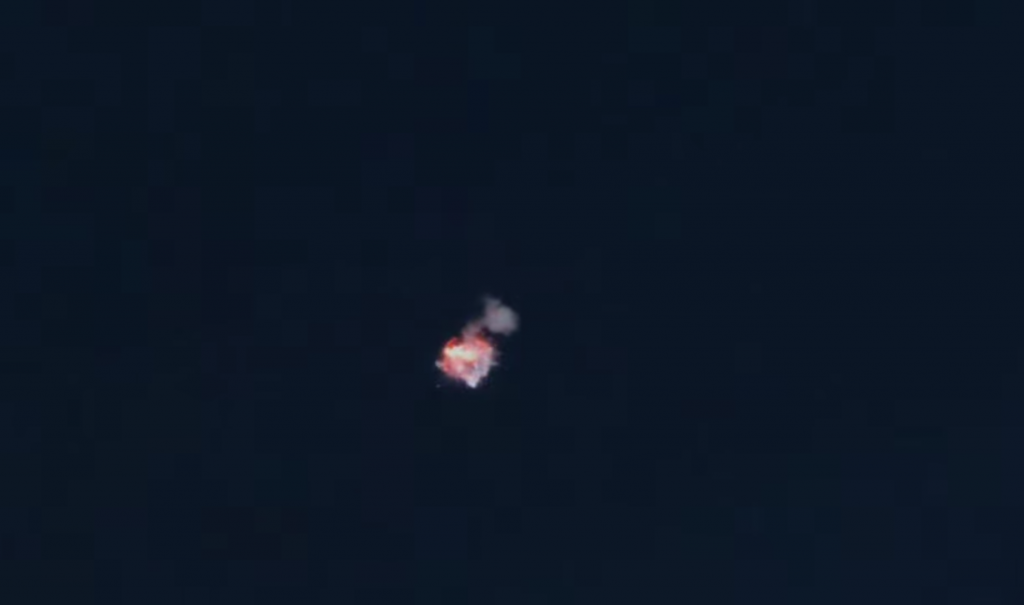A relatively inexperienced space company, Firefly Aerospace, become considerably more experienced last week when it attempted its inaugural rocket flight and demonstrated exactly why people equate ‘rocket science’ with ‘something that’s really hard to do‘.
And that’s because the company’s Alpha launch vehicle, which was attempting to reach orbit on Thursday, 1 September, exploded a few minutes after liftoff. Or, rather, it was terminated.
Unlike that other Firefly, this one’s getting another season
Video: Firefly Alpha's in-flight anomaly. Stay tuned to the NSF youtube channel for the full video. @NASASpaceflight pic.twitter.com/Ck4fB98Xbc
— Jack Beyer (@thejackbeyer) September 3, 2021
See, Firefly Aerospace is a relatively young company, one aiming to provide launch services for smaller (up to 10,000kg) payloads that need to live out in space — Low Earth Orbit, specifically). In order to do that, the company has to get its Alpha rocket, a 29-metre multi-stage launch vehicle, into space successfully. That.. didn’t happen this time.
What happened instead is that Alpha’s first flight saw it leave the launch pad — without blowing up, which is already a win — and launch towards space. It was supposed to reach supersonic speeds before it hit maximum dynamic pressure (which is the maximum air pressure a rocket faces before the atmosphere starts to thin) but the rocket only attained this speed a little after that point.
Alpha started tipping sideways just after reaching supersonic speeds, prompting the US’ Space Force Delta 30 to make the call to explode the rocket while it was in a relatively non-threatening position. Since it was the company’s first launch, an explosion was all but expected — the fact that it made it as far as it did means that Firefly will be far more prepared for a second launch.
There is, as yet, no explanation for why the Alpha rocket performed the way it did but the company said that its “…engineers are currently combing through thousands of lines of ground and flight system telemetry in order to better understand what occurred.”




